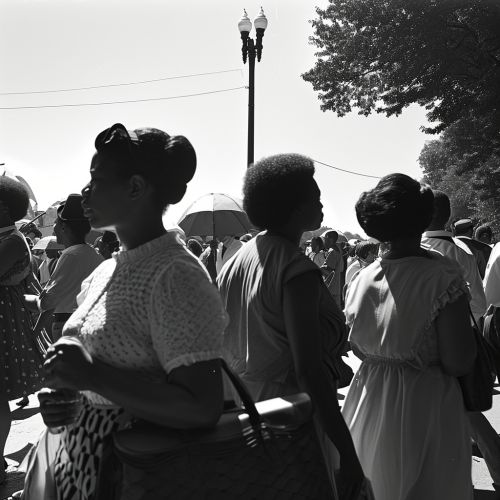Civil Rights Act of 1964
Background
The Civil Rights Act of 1964 was a landmark piece of legislation in the United States that outlawed major forms of discrimination against racial, ethnic, national and religious minorities, and women. It ended unequal application of voter registration requirements and racial segregation in schools, at the workplace and by facilities that served the general public, also known as public accommodations.


Historical Context
The Civil Rights Act of 1964 was the culmination of a civil rights movement that had been growing since the end of World War II. The movement was characterized by major campaigns of civil resistance. Between 1955 and 1968, acts of nonviolent protest and civil disobedience produced crisis situations and productive dialogues between activists and government authorities.
Legislative History
The Civil Rights Act of 1964 was proposed by President John F. Kennedy in his civil rights speech of June 11, 1963, in which he asked for legislation "giving all Americans the right to be served in facilities which are open to the public—hotels, restaurants, theaters, retail stores, and similar establishments", as well as "greater protection for the right to vote".
Provisions of the Act
The Civil Rights Act of 1964 was comprehensive, covering multiple areas where discrimination was an issue. It was divided into eleven sections, known as Titles, each of which addressed different areas of discrimination.
Impact and Legacy
The Civil Rights Act of 1964 had a significant impact on American society. It marked a major step forward in the civil rights movement and set a precedent for future anti-discrimination legislation.
Criticisms and Controversies
Despite its landmark status, the Civil Rights Act of 1964 has been the subject of various criticisms and controversies since its enactment. Some critics argue that the Act has not been fully effective in eliminating discrimination, while others believe that it has led to reverse discrimination.
